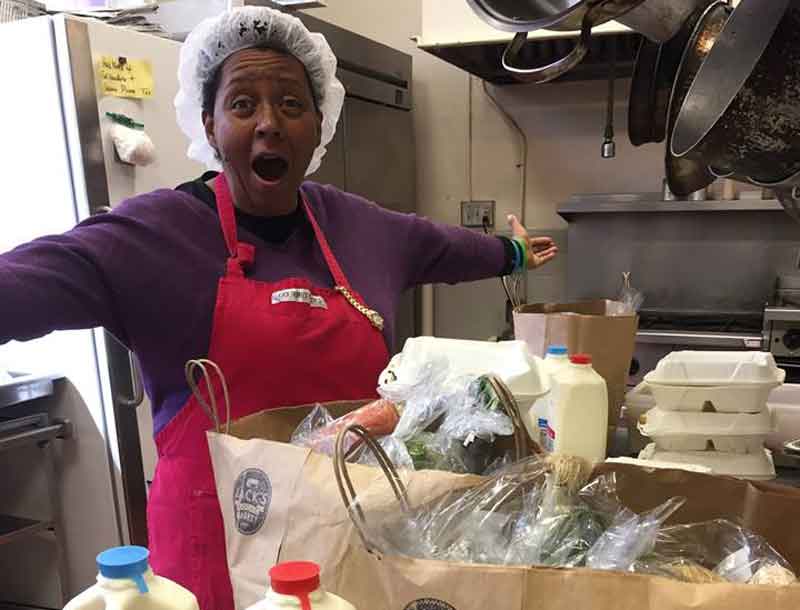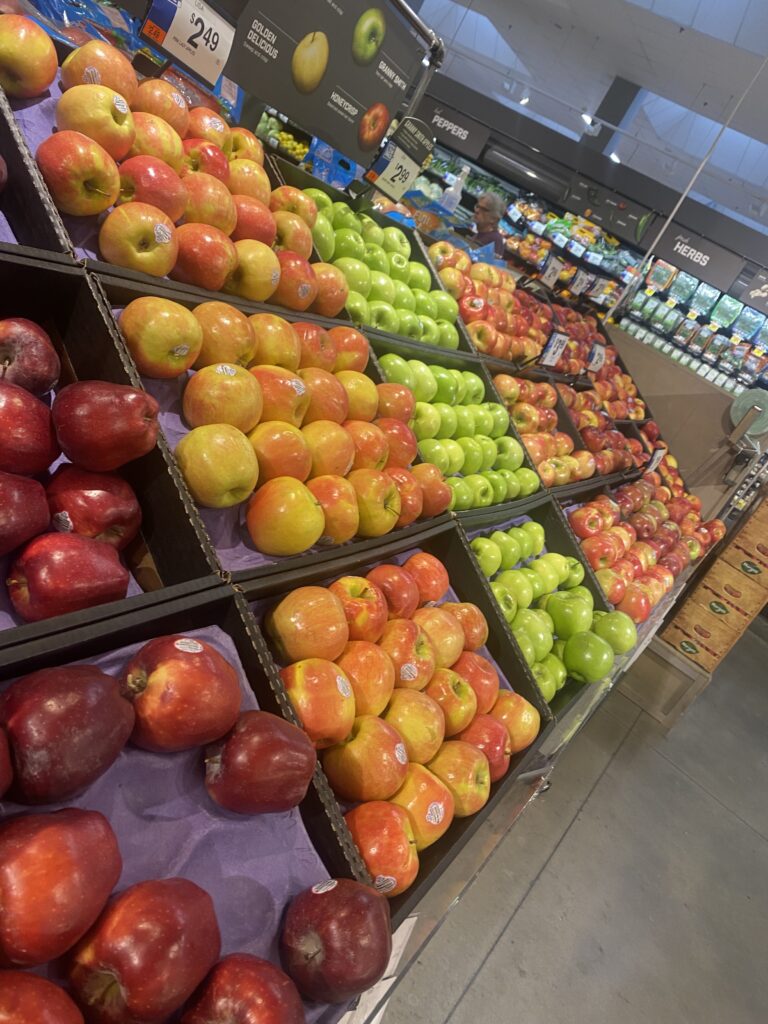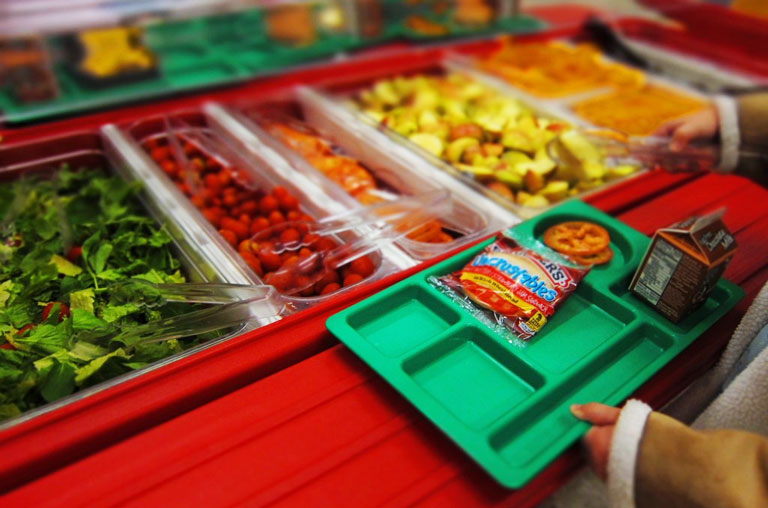Food Rescue US has “saved” over 15 million meals nationwide and they’ve done it with little more than a smartphone app and willing volunteers. Volunteer “food runners” sign up through the Food Rescue US app to fill pickup and delivery needs for the registered donor companies, who also sign up with the app.

Although 40 percent of the American food supply is wasted, more than 50 million Americans are food-insecure. Food Rescue’s innovative, on-demand model helps to reduce both of these numbers and provide the unique service of fresh perishables to food insecure individuals and families.
Food Rescue differs from other food insecurity resources because of how quickly the food finds its recipients. Volunteers take food directly from donors to food agencies, feeding people the same day. This system gives Food Rescue the unique opportunity to provide shelters and kitchens with fresh produce that otherwise wouldn’t survive storage and shelf time.
The nonprofit was founded 5 years ago by an entrepreneur in Connecticut and has since expanded to include four other states and the District. Its original name, Community Plates, was changed amid the rapid success and expansion.
As it becomes more widely known that 40 percent of U.S. food is wasted, more people start to realize they want to make a difference, according to Kate Urbank, who directs D.C.’s chapter.
The organization’s sleek, user-friendly app (iPhone only) makes it easy for people to get involved. Once donors sign up, their only obligation is to have food donations ready for pick-up at the time they commit to. Once they’ve made an account, available food runners make pickups when the food is still fresh.

Kate Urbank founded the D.C. chapter just over a year ago. She started as a food runner in Connecticut and the work inspired her to open a new rescue site in the nation’s capital when she moved here. D.C. is a unique chapter both because of the volume of need for food and its proximity to policymaking.
The bottom line prevents food industry agencies from partnering directly with feeding agencies, according to Urbank. Restaurants and grocers often don’t have the time or staff to coordinate food donation and food distributors are too understaffed to dedicate people to food runs.
Food vendors run up against liability issues. Despite the Bill Emerson Good Samaritan Food Donation Act that protects any person or organization who donates food in good faith, many potential donors are still skittish. This is Urbank’s biggest challenge to overcome when forming new partnerships.

The benefit to agencies like Charlie’s Place near Dupont Circle has been invaluable. Food Rescue enables Charlie’s Place Chef Christina Jenkins (pictured above) to use fresh food to supplement their planned meals. When the food is dropped off, volunteers go to work right away sorting it into quantities to be stored, refrigerated or prepped right away. Sometimes Jenkins can use donations to create a meal her clients might not otherwise have access to, like salmon croquettes. Other times, donations are utilized to tailor dishes for her clients, such as thick bread puddings prepared for those who don’t have access to dental care.
Food Rescue frequently offers water, milk, and juice with their donations, a critical resource during the summer months.
Urbank reported a new surge of volunteers after recent press exposure, but she is always looking for new food runners. Most people in the District have 9-to-5 jobs that prevent them from being able to deliver food when many receiving agencies are open and operating. She especially needs more volunteers that drive. Some small rescues can be transported on bike, but most donations are too large.
Though the D.C. chapter of Food Rescue US is thriving, Urbank said the most important step to ending food waste in America is to raise awareness about how to combat it at both a personal and corporate level.









